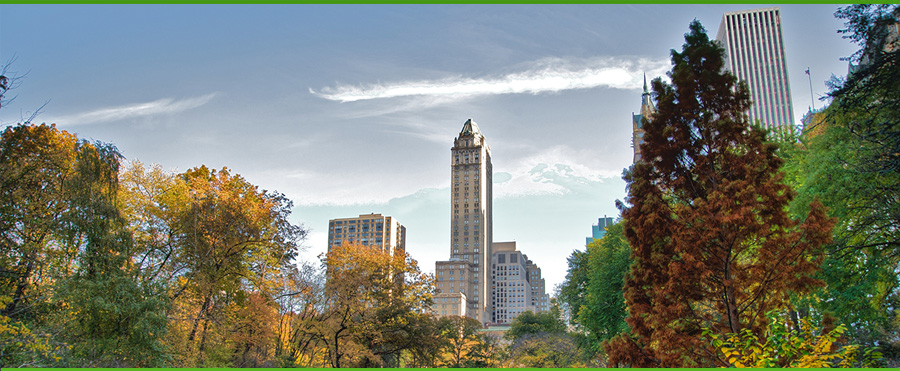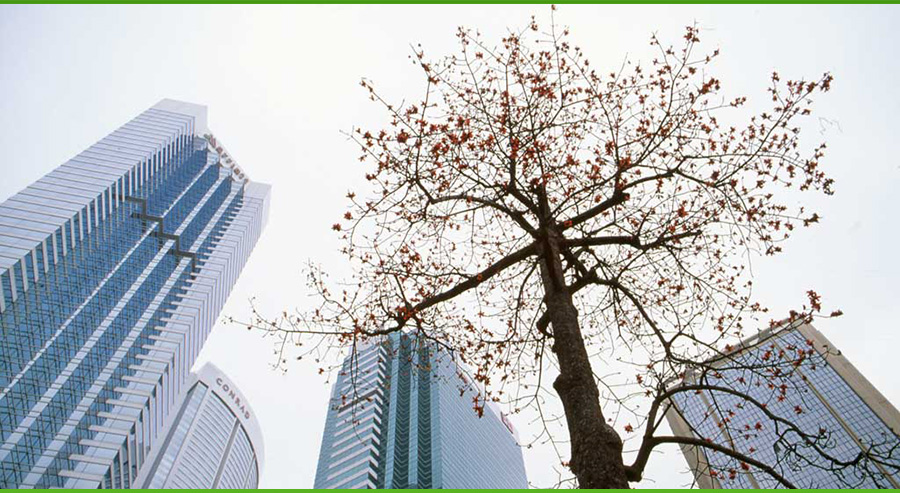Trees play a vital role in the regulation of our climate and our precious environment. Among other things, they can absorb C02, clear the air of pollutants and help prevent soil erosion. Despite these obvious benefits, rainforests in Africa, Asia and South America continue to be decimated on an alarming scale for the sake of modern-industry. However, with regards to the UK and continental Europe, there exists a slightly different problem – there simply aren’t enough trees in our cities.
The ability of trees to provide oxygen, improve air quality and filter out carbon dioxide becomes extremely important in large, congested cities, especially those with substantial carbon footprints. They also provide natural flood defences and are very effective sound insulators – this can prove rather useful in places with high levels of traffic. Trees can also counteract the UHI (Urban Heat Island) phenomenon; this is where cities become warmer than surrounding rural areas due to human activities. With this in mind, consider for a moment the fact that an acre of trees can absorb six tons of carbon dioxide while emitting four tons of oxygen. This alone should be more than sufficient to illustrate how helpful trees can be in tempering the micro-climates of our sprawling, suffocating cities.
There are other benefits which trees can bring to an urban environment. To begin with, trees offer an aesthetic value that can provide relief from the concrete and glass uniformity of contemporary city developments. The diverse range of tree species, with their wildly differing shapes, colours and textures has the potential to turn hum-drum, built-up areas into green, tranquil idylls, allowing city dwellers to escape the stresses modern life, without actually leaving the city. So our physical and mental well-being is also enhanced as is the connection between man and nature. For instance, nothing reflects the changing seasons more vividly than trees.

As if to highlight these advantages, it’s worth noting that trees can have a strong influence on property prices – a leafy, well-kept landscape can make a substantial economic impact on its surroundings. Utility bills can sometimes run lower as well: a recent study in the US found that people living in properties surrounded by trees saved on energy costs due to their windbreak functionality. Air-conditioning costs were also reduced with properties shaded by trees.
With these points in mind, it is heartening to know that there exist charities and organisations that devote themselves to furthering public appreciation of our largest, most important plant species. UK charity, Trees for Cities is a good example. Founded in 1993, Trees for Cities runs a variety of schemes which encourage the planting of trees in city areas which need them most.
In addition to improving the well-being of city-dwellers as well as the environment, they also promote community cohesion by getting people to work together on their green projects. The Trees for Cities have proved extremely successful. So much so, that they’ve started to run similar initiatives in far-flung locations such as Addis Ababa, Nairobi, Kigali and La Paz.
Why not take a leaf from their book and plant a tree today!







